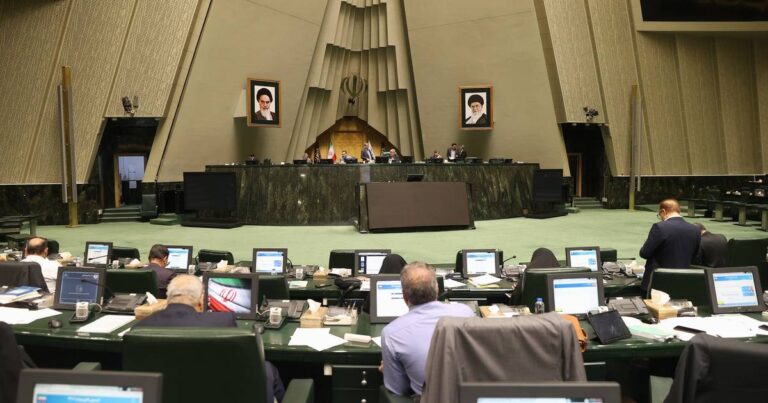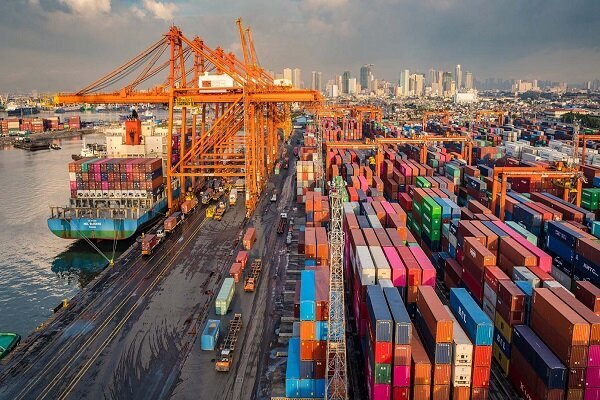Navigating Turbulence: How Trump’s Policies Impact Economic Shocks and Geopolitical Risks
The recent tariff policies implemented by the U.S. government have sparked widespread consequences that are reshaping economic landscapes and international relations. This tariff shock has left many sectors grappling with significant losses, raising concerns about the future of trade and investment not only in the U.S. but globally.
Executive Overview of Tariff Implementation
The tariffs were enacted abruptly, with minimal warning provided to affected U.S. companies. Key points regarding this sudden decision include:
- Implementation method: Tariffs were imposed without prior notice, leaving businesses unprepared.
- Most affected sectors:
- Electronics: Losses amounting to $32 billion
- Automobiles: Suffering a hit of $21 billion
- Consumer goods: Bearing losses of $18 billion
- International reactions: Both China and the EU have lodged formal complaints with the World Trade Organization (WTO).
Analysis of Effects on Various Sectors
The repercussions of these tariffs extend beyond immediate financial losses, affecting multiple sectors significantly:
- Banking sector impacts: Major U.S. banks reported losses of $42 billion within just one week.
- Global shipping movement: There was a 15% decrease in container traffic across the Pacific.
- Supply chain disruptions: A staggering 78% of multinational supply chains faced interruptions.
Enhanced Strategic Dilemma for U.S. Companies
The ongoing economic landscape has prompted U.S. companies to reevaluate their operational strategies:
- Reshoring data:
- 68% of U.S. companies intend to maintain operations in Asia despite rising pressures.
- Only 12% have commenced partial relocations back to the U.S.
- Relocation costs are estimated between $280-$320 billion for the private sector.
- Energy crisis:
- 17% of shale oil wells have been closed due to economic viability issues.
- The U.S. energy sector suffered losses totaling $34 billion in the first quarter of 2025.
- This crisis has led to the loss of 78,000 direct jobs in the energy sector.
In-Depth Analysis of Regional Instabilities
The geopolitical landscape is also shifting dramatically, particularly in relation to Iran:
- Military dynamics:
- The U.S. increased its military presence to 45,000 troops in the Persian Gulf.
- Iran has fortified its military capabilities, deploying 1,200 ballistic missiles along its coasts.
- Oil supply scenarios:
- U.S. simulations predict losses of $18 billion daily in the event of a closure of the Strait of Hormuz.
- Any disruption in the Bab al-Mandeb could severely threaten energy supplies, impacting global oil prices.
- New regional alliances:
- Iran and Russia have formalized a mutual defense agreement as of February 2025.
- Joint naval exercises titled “Maritime Security Belt 2025” have taken place involving China and Iran.
- Trade exchange between Iraq and Iran has surged by 37%.
Domestic Economic Challenges
The effects of these policies are also evident in the U.S., where domestic challenges continue to mount:
- Political division:
- 42% of Republican Party members publicly oppose President Trump’s policies.
- There are five legislative proposals aimed at curbing the president’s trade powers.
- Economic conditions:
- The annual inflation rate has surged to 8.7%, marking the highest level since 1982.
- National debt has surpassed $36 trillion.
- Moody’s has downgraded the U.S. credit rating to Aa2.
Geopolitical Shifts and Recommendations
As the geopolitical landscape evolves, new alliances are forming that could reshape trade and cooperation:
- Emerging alliances:
- A trade agreement between China and the EU encompasses 43% of the global economy.
- An energy alliance among Russia, Iran, and India addresses 28% of global energy needs.
- 19 countries are adopting alternative payment systems outside of SWIFT.
Strategic Recommendations for Affected Nations
To mitigate the impact of these developments, several recommendations have been proposed for Iran and Iraq:
- Investment in local technologies: Aim to grow alternative industries by 40% over three years.
- Economic integration: Target an annual trade exchange of $25 billion.
- Security cooperation: Establish a joint deterrent force comprising 150,000 soldiers.
- Reduce reliance on oil: Move towards zero reliance on oil and its derivatives for budgetary support.
As the current trajectory suggests a deepening crisis, the implications of these policies could lead the U.S. into a “perfect storm” characterized by economic recession, geopolitical isolation, and domestic crises. In contrast, rival powers are witnessing growth and increased influence, further complicating the global economic landscape.






